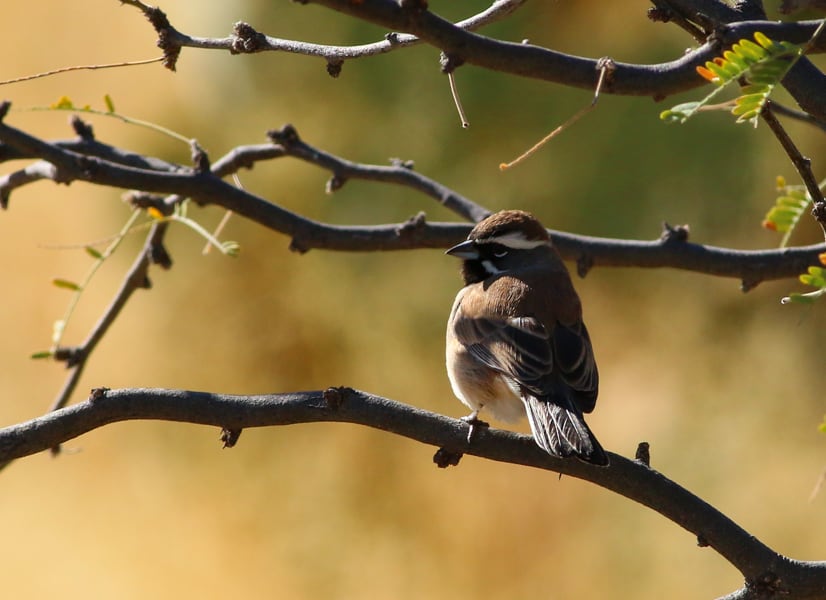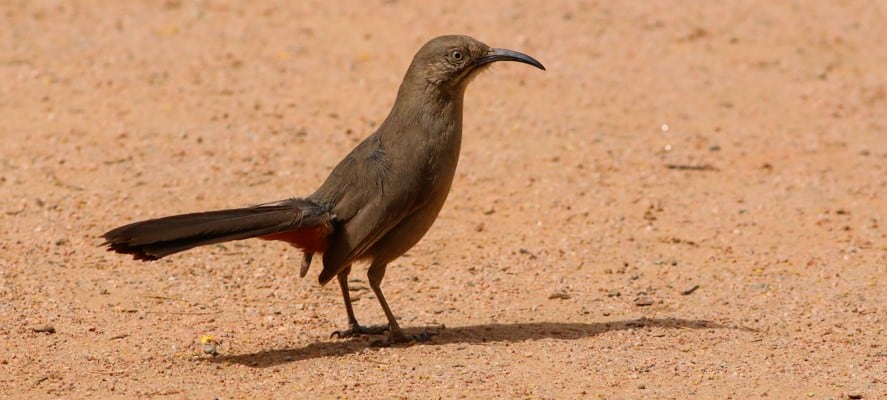Looking for an exciting resolution to get 2018 off to a good start? Welcome the New Year by trying your hand—along with your eyes and ears—at Avicaching!
Geocaching is a global outdoor activity where people use GPS devices to navigate to specific sites around the world. Hidden at the designated coordinates are “geocaches,” usually small, waterproof containers with a logbook and often a trinket left by the previous Geocacher. The goal is to visit as many geocaches as you can across the globe, seeking out new adventures and treasures.
Avicaching, created by the Cornell Lab of Ornithology in 2016 (learn more here and here), is simply eBird + Geocaching: searching specific locations to spot as many birds as possible. With geocaching, people go to specific sites to find small treasures. With Avicaching, eBird Hotspots are the locations and the birds are the treasures.
Sound like fun? It is! But it’s not just a game. The data collected by Avicachers fills in gaps in knowledge and helps guide management and conservation decisions. Birders go to designated eBird hotspots, follow specific bird observation protocols, and submit their checklists. The result? Avicachers get a fun new game to play while birding, and eBird collects valuable data to help guide future bird monitoring and conservation efforts.

The Sonoran Joint Venture region is large and has many under-birded areas. Part of our region includes the Mojave and Colorado deserts of southern California, an area that faces pressure from alternative energy development. While alternative energy, like solar, holds great potential, it also has impacts on birds and habitat. Both the conservation community and the alternative energy community have a need to understand these impacts. The SJV and our partners want to know more about how and where these efforts affect birds. In addition to the impacts to wildlife from the footprint of the installations themselves, migratory birds passing through the area on their way north or south are likely impacted. But we don’t have a solid understanding of which species, nor of the scope of the impacts. This makes it challenging to decide where and how to best spend mitigation dollars from developers. The Sonoran Joint Venture, Bureau of Land Management, Point Blue Conservation Science, and Great Basin Bird Observatory want to use eBird to change this.
Here’s where you come in. From February 1-June 15, 2018, you can play our Desert Avicaching game. To learn how to participate, head over to our Avicaching page. There you’ll find a map of the potential sites to visit, along with more detailed instructions about how to play. Visit as many Avicaches as you want and upload your checklists to eBird. That’s it! Each complete checklist gives you one point; earn more points by submitting more checklists. We’ll update the Avicaching Leaderboard weekly, and the top Avicachers will be eligible to win great prizes including binoculars and other birding gear, t-shirts, hats, conservation organization memberships, and more!
And the best part of all: researchers will use your birding observations to help inform alternative energy development mitigation decisions and increase our understanding of birds using desert habitat.
For more details, click here.

